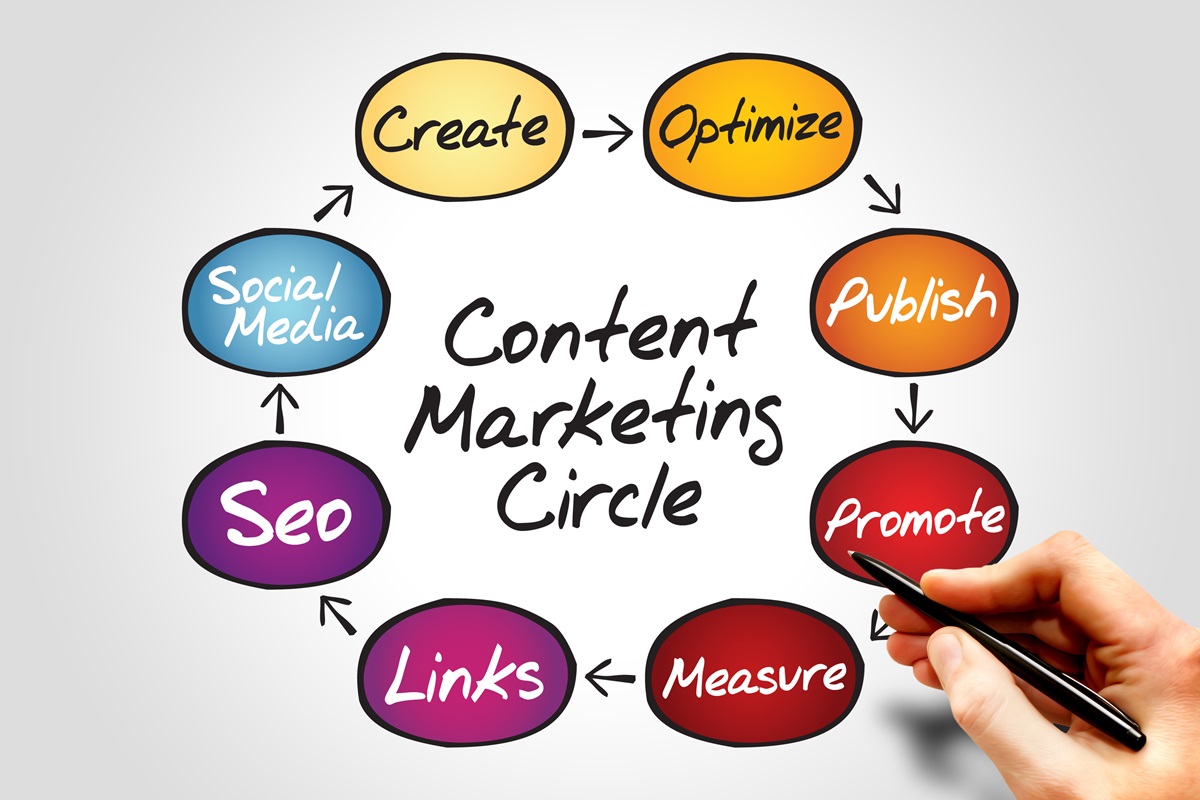What’s Love Got to Do With It?
No, not the smoochy kind; I’m talking about love in the biblical sense. You know, love thy neighbor as ye love thyself.
Recently I’ve been speaking a lot about Diversity, Equity, and Inclusion, not like the recent Buzz Words but centered around love and kindness. Love, after all, is the key to every thought, word, action, or intention if we want to be good and not evil.
Whether it’s work, play, or in the community, if we’re all by ourselves, we can’t feel love for humanity. Oh, we might have pleasant thoughts and positive emotional feelings toward our fellow people, but there is no chance for reciprocation if we’re cut off from the outside world. A smile in the mirror does not garner a reciprocal smile in return. There must be a living recipient to complete the sequence.
That’s all well and good if you are a recluse, but it’s not exactly a healthy existence. Alone we can certainly feel the love of God surrounding us, even feel God within. But there’s so much more expected of us. We weren’t created to be alone. Adam had Eve, Noah had his wife and family, Abraham had Sarah, and we’ve multiplied ever since.
We’ve not been created by the Almighty to be on our own, but to be raised in family, and then to be joined to a spouse partner in life, thereby creating a family of our own. The Bible is specific about one man and one woman, but that’s a topic for another essay. It’s not for us to judge others lest we judge ourselves.
In bible teachings, love is clearly mentioned in more than 310 passages (KHV) and 348 (NASV), so there must be some serious weight to the concept. The genuine actions of love are for mutual benefit. We were created to flourish in all aspects of our life, family, and community for the sake of each other. We fail at that if we wall ourselves off from the world, even a tiny part of it.
Diversity – What it Really Means
When it comes to True Diversity, variety is the spice of life. I don’t mean just in an employment sense; I mean your community is a precursor to our life after we graduate to a higher state of being.
We’re all God’s children, so we all have an equal stake in our combined future. Sure skills, ethnicity, age, economic background, and life experiences impact diversity, but that’s just the beginning.
Drawing from the Book of Matthew 28:19, “make disciples of all nations” translates to – God’s intention is for people from all nations to participate in the Body of Christ together. After all, eternal life transcends our earthly being to one of holy and unblemished status in unified service to our Lord. God has foretold this in the ancient writings.
Equity – It’s more than Economic
Equity is another buzzword that is often limiting in nature. The secular society defines equity as equal opportunity, a level playing field for economic wealth redistribution, and fairness and impartiality.
In the biblical definition – The main Hebrew word for equity (mê·šā·rîm) conveys ideas like uprightness, straightness, levelness, fairness, truth, order, and integrity. Note the words uprightness, truth, and integrity. Our daily vernacular doesn’t even come close to highlighting these aspects of equity.
It’s been proven that diverse communities/workforces/organizations/congregations all benefit from the most diversity imaginable. Our souls aren’t measured by skin color, gender, age, ethnicity, or any other worldly measurement of prejudice.
There has only been One who was without prejudice. We all suffer some form of prejudice, whether it be people, animals, insects, or seasons of the year. It’s our responsibility to remove all prejudice from our lives because love commands it.
So how do we ensure total equity on a one-to-one level? Whether at work or in our personal lives, it begins with the right intentions. Intentionally choosing to look upon them as God sees them. Purposefully electing to embrace the differences rather than pre-judge, and understanding each other; I mean really understanding. It’s not necessary for you to agree, but perhaps accepting them for who they are, and for what their opinion or position on an issue might be. Take the time to get to know them, listen to what they have to say, and even offer a hand in need. That’s real equity. There is so much more to humanity than our individual perspective. Grow your understanding of humanity.
Inclusion- Thoughts, Words, Deeds
What does it really mean? Inclusion is so much more than working toward making sure all facets of humanity get a chance at fulfilling their God-given gifts. It’s more than speaking about not limiting others who are differently-abled, marginalized, or mentally pigeon-holing others because they don’t conform to your view of the world. It means that your actions are verified by removing all roadblocks, pitfalls, or limitations to your work environment, services, products, or any other form of inaccessibility.
Here’s a real-life example of my point. I have a friend who happens to be a lawyer. He also happens to be legally blind. What happens when he goes to the doctor or dentist for the first time and is handed a clipboard with a stack of forms to fill out? Because he is blind, is he, therefore, required to bring along someone to complete the intake documents? Does the doctor or dentist need someone to assist him in completing the forms? Or is there a process of accessibility via technology that can be instituted? If there is a computer that is available for the task of intake, is it ADA-compliant? Does it meet all of the laws that have been in place?
Computer compliance was further added to the original act in 1990 as the Digital Accessibility Act—Microsoft built some aspects into their operating system in 1995. Yet approximately 26% of the American population has some form of disability, and only 3% of all websites worldwide are compliant. Does your website allow deaf people or blind people to experience satisfactory results from using your website? Lawsuits are occurring daily in amounts exceeding $50,000 for non-compliance. Where do you stand?
My friend has never sued anyone or any business for not complying with the ADA. He offers a service to bring sites into compliance by consulting and servicing the issues that block accessibility to the differently abled.
Feel free to contact me, and I’ll hook you up.










